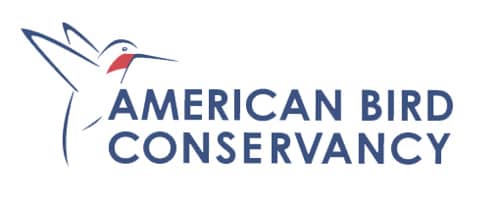New Study May Help in Reducing Bird Collision Mortality at Buildings
OutdoorHub 06.08.12

A new study published in the June issue of the Journal of Field Ornithology should prove helpful to conservationists attempting to better understand, quantify, and mitigate one of the largest killers of birds in the world – collisions with glass on buildings.
The study, titled: “Scavenging Affects Persistence of Avian Carcasses Resulting from Window Collisions in an Urban Landscape,”was produced by Stephen B. Hager from Augustana College,IL, Bradley J. Cosentino, from the University of Illinois, and Kelly J. McKay from the BioEco Research and Monitoring Center, IL.
“One of the more difficult aspects of understanding and ultimately reducing bird collision mortality at the millions of buildings in the U.S. and around the world is accounting for predator scavenging of killed bird carcasses. Our study is the first to show that scavengers remove bird carcasses at buildings at different rates and locations depending on the presence of suitable habitat for predators and if seasonal temperatures allow predators to be active. This information is useful because it can inform researchers about where and when scavengers might be a problem and how to best monitor buildings in problem areas. We also offer advice to researchers about how to approach studying scavengers at buildings in other locations since scavenger populations may vary from region to region,” said Stephen Hager, the study’s lead researcher.

“From 300 million up to one billion birds are killed in collisions with buildings in the U.S. each year. More accurate measurement of mortality at individual buildings leads to a better understanding of causal factors, which can lead to better solutions. Carcass persistence studies have typically been conducted along with monitoring of collisions at communication towers and in wind turbine fields. Monitoring of collisions with buildings is more difficult because buildings are numerous, unevenly dispersed and variable in size and design, even in a small town. A few studies have tried to monitor representative samples of buildings but generalizing is difficult and most city monitoring programs focus on documenting the problem and rescuing injured birds where possible. The study by Hager et al is especially interesting because it shows scavengers are able to target areas where carcasses are most likely to occur,” said Dr. Christine Sheppard, Bird Collisions Campaign Manager at American Bird Conservancy.
The study suggests that (1) times between a bird being killed by a window and being scavenged (carcass persistence) will be shorter at locations with preferred habitats for known scavengers, such as raccoons and foxes, and predictable sources of food, and (2) knowledge of scavenger distribution and activity can be useful in predicting duration of carcass persistence at any given site. Intervals between searches for dead birds at buildings that will minimize the number of carcasses lost to scavengers can then be inferred.
The study tested the hypothesis that carcass persistence depends on local habitat factors known to influence scavenger behavior. Scavenger activity on bird carcasses was documented at 20 buildings in an urban landscape in northwestern Illinois for one week during each season of one year. The study also documented species of scavengers and the timing of scavenging using motion-triggered cameras.

The study found that carcass persistence decreased as canopy cover (trees and shrubs within a 50-meter buffer) increased. This is likely because a denser canopy provides more preferred habitat for scavengers. Carcass persistence also decreased as window area on the building increased. This is because increase in window surface increases the number of bird collisions, providing a more predictable source of food for scavengers – a relationship scavengers seem to learn.
On the other hand, carcass persistence increases as pavement cover increases, reflecting diminished preferred habitat for scavengers and consistent with a well-documented hesitancy on the part of some scavengers to attempt to gather readily available prey from paved surfaces.
The study also looked at carcass persistence as a function of season. Researchers monitored 20 bird carcasses in each season. Estimated mean time of persistence of carcasses was 82.9 ± 11.7 days for winter and 11.8 ± 7.2 days for other seasons. For example, at one building, carcasses were estimated to persist for an average of 23.7 days in the winter, but just 3.5 days during other seasons. Longer carcass persistence in winter may be explained by the diminished response of raccoons to unpredictable food sources; i.e., in winter, mortality due to window strikes is relatively low, and, as a result, scavengers may focus foraging activities elsewhere. Carcass persistence in winter may also be affected by reduced activity by vertebrate scavengers when temperatures are below freezing.
American Bird Conservancy (ABC) is a 501(c)(3) not-for-profit membership organization whose mission is to conserve native birds and their habitats throughout the Americas. ABC acts by safeguarding the rarest species, conserving and restoring habitats, and reducing threats, while building capacity in the bird conservation movement.

